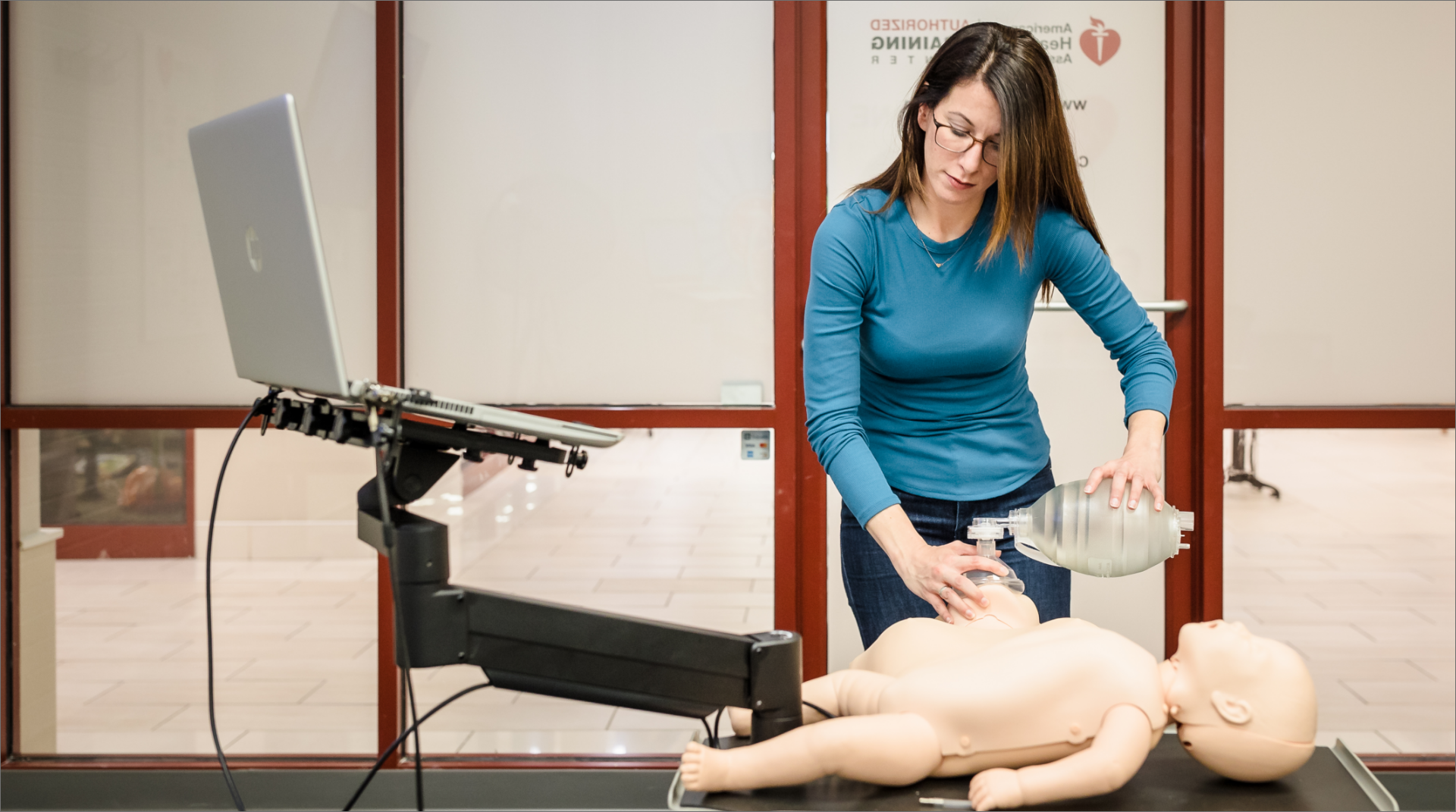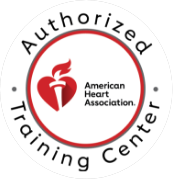

CPR Resource Center
The most comprehensive library of emergency training resources — including videos, articles, downloads, and more.


The most comprehensive library of emergency training resources — including videos, articles, downloads, and more.
I remember bringing my newborn son home from the hospital. Every noise he made, every grimace, move-you name it-caught my attention. I thought he was a piece of fragile china and I panicked that any wrong breath or movement could be detrimental.
Now, at five months old, he races across the living room in his racecar walker. I fit in my “dad shoes” a little better than the day we brought him home for the first time. I often scan the house for small objects-targets of great desire to my son-to ensure they are out of hands’ reach.
As a paramedic, educator, and someone who has worked in the EMS system for eleven years, I cannot help but see potential risks in and outside the home and aim to mitigate those risks. In the eleven years that I worked in the healthcare industry I have never had to relieve choking of and infant.
I often ask myself, “what if this happens to me?” So, I prepare and practice because one day it could happen. Learning and practicing infant choking relief techniques is paramount to a solid foundation of preparedness should you find yourself in a situation where it is needed.
Did you answer “yes” to any of the above questions? If so, you will benefit in learning how to relieve an infant from choking. The first thing you need to do is find a reputable educator that has a passion for teaching CPR. Do your research and find the best place that fits your schedule and budget. Not every company is the same.
Show up prepared to learn and write questions that pop up the day before your class to ask your instructor. Make it relevant to your life. Take as much time as needed to practice what you have learned until you feel confident. You should walk out of the classroom feeling empowered in performing infant choking relief should you need to use those skills. A high-quality instructor will encourage this.
These are the very basic steps in performing infant choking relief. This is in no way, shape, or form a substitute for the class and I highly recommend hands on practice and learning with a high-quality instructor that cares about your success and empowerment.
References
American Heart Association. (2020). Basic Life Support Provider Manual. United States of America: First American Heart Association Printing.
Duckett, S. A., Bartman, M., & Roten, R. A. (2020, September 22). NCBI Resources . Retrieved from ncbi.nlm.nih.gov: https://www.ncbi.nlm.nih.gov/books/NBK499941/
Help Me Find a Course